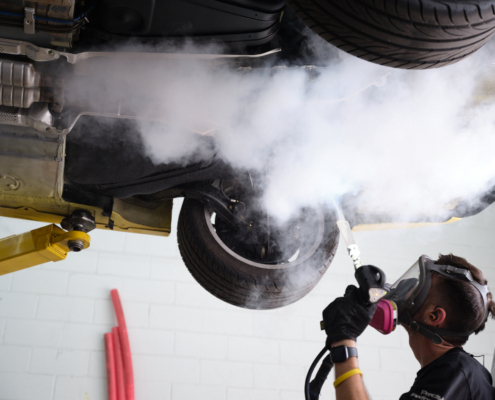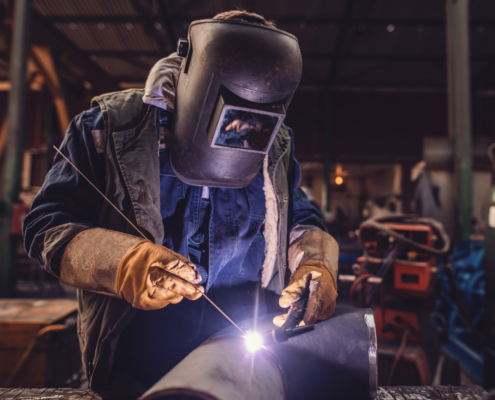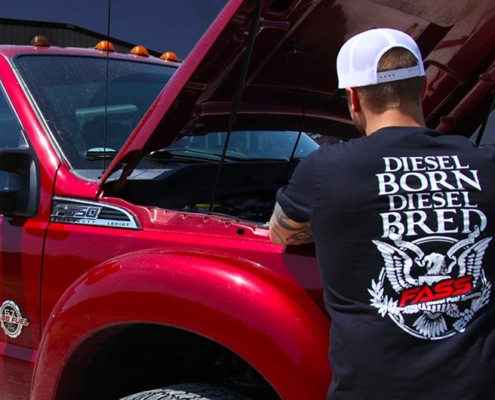The Essential Guide to Welding Cables and Their Accessories
Welding cables play a crucial role in the welding process, acting as conduits for the electricity that powers welding tools. Whether you’re a professional welder or a hobbyist, understanding the types of welding cables and the accessories that accompany them is vital for ensuring a safe, efficient, and successful welding operation. In this blog post, we’ll explore the different aspects of welding cables and the accessories that enhance their functionality.





